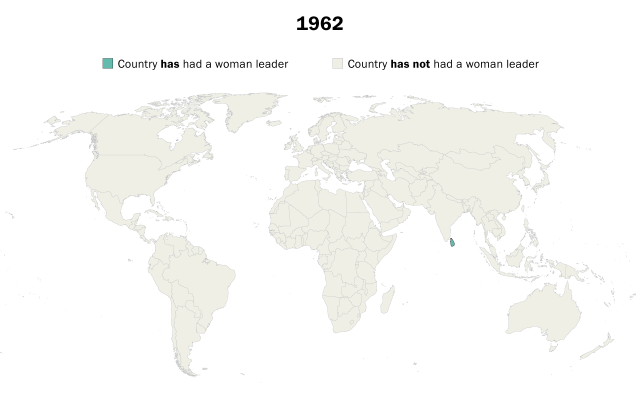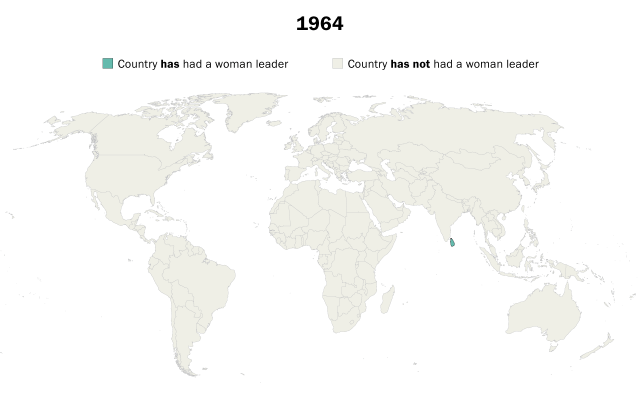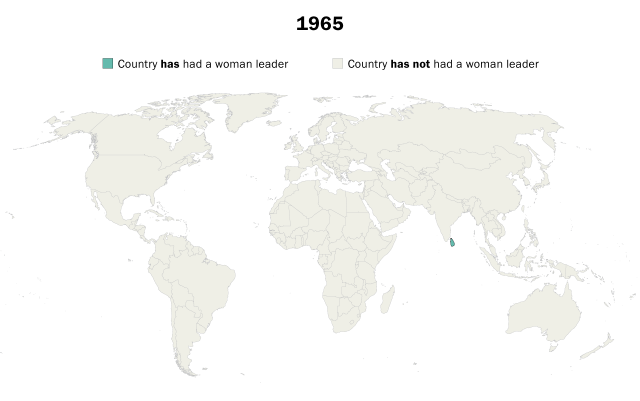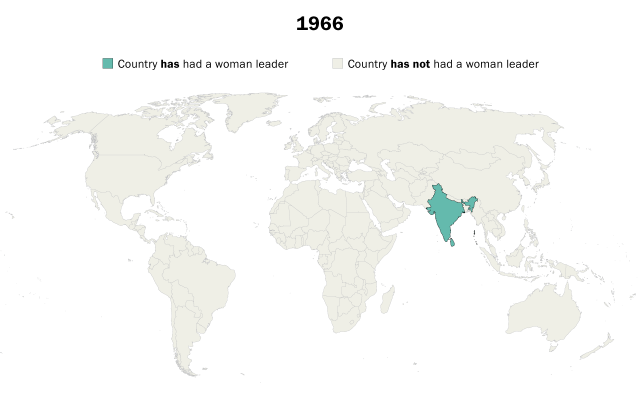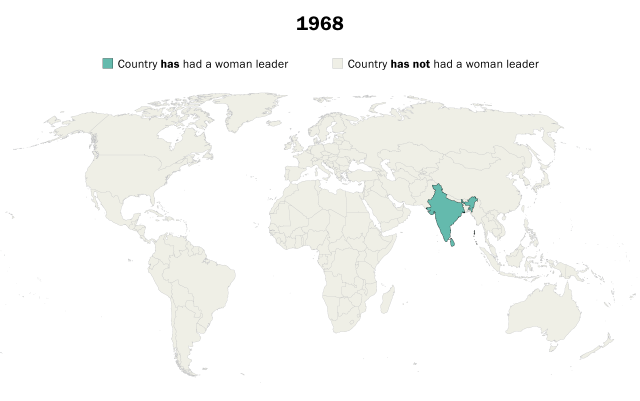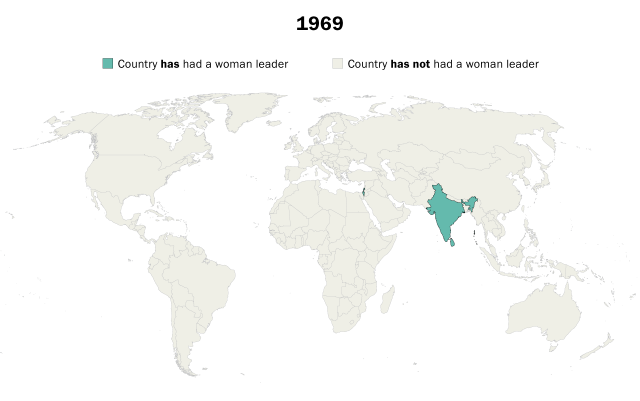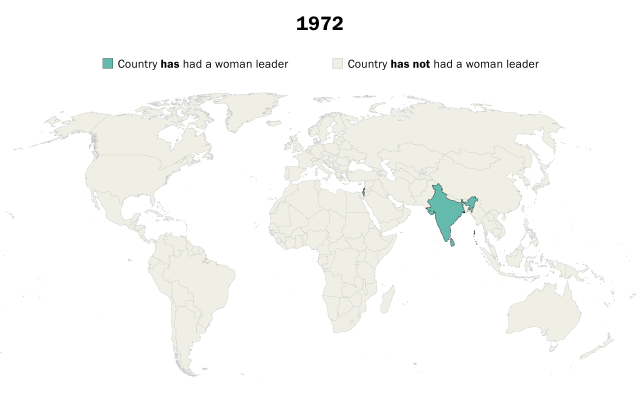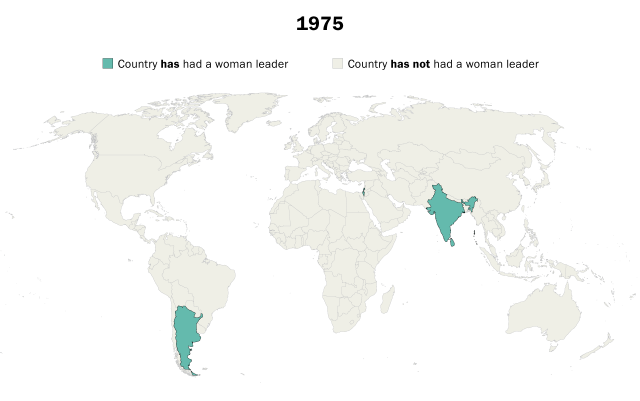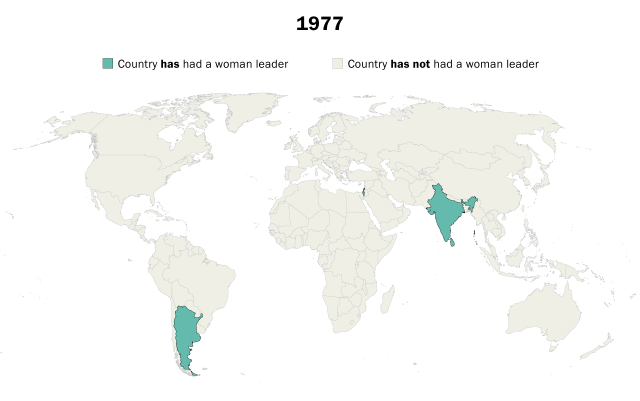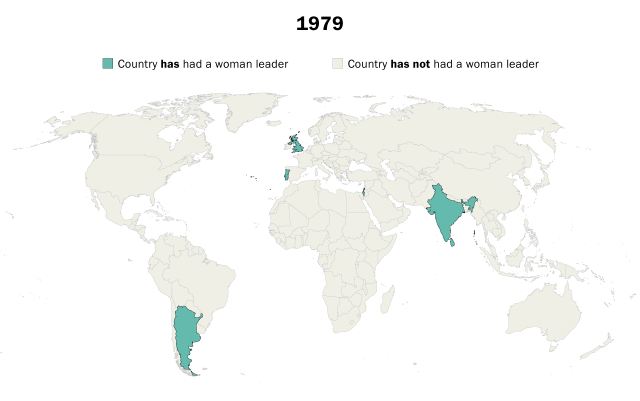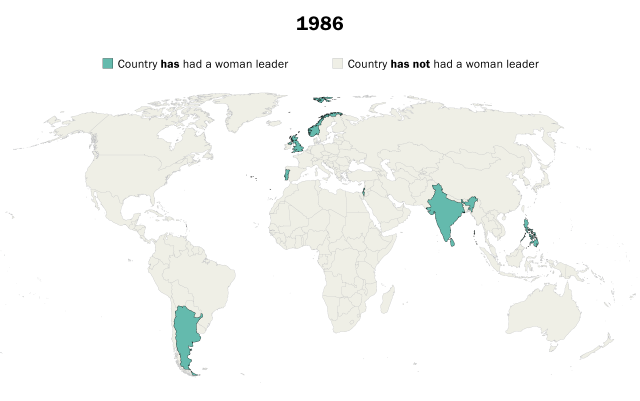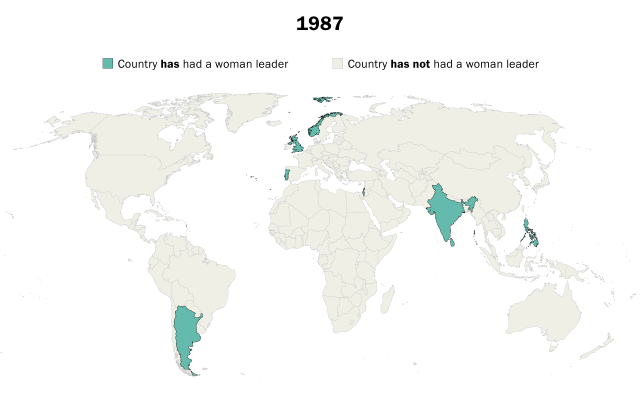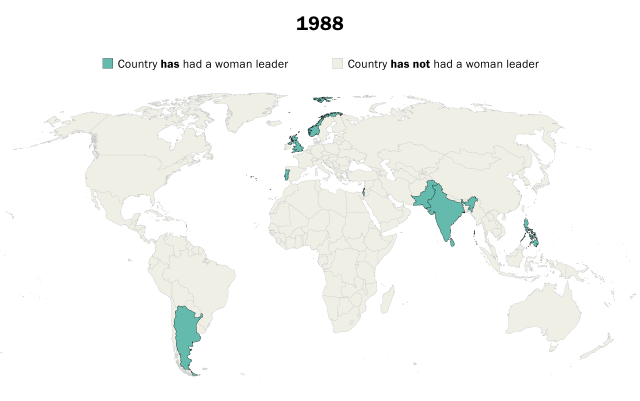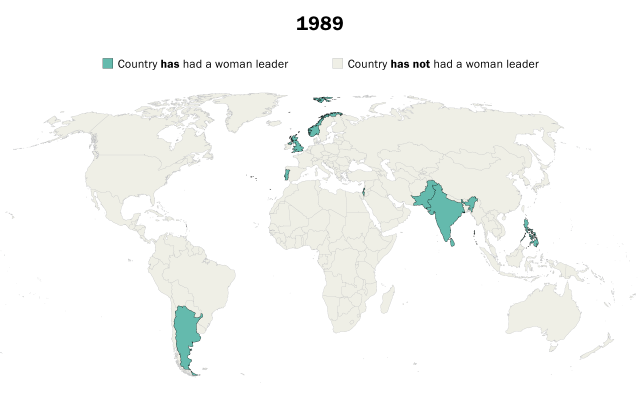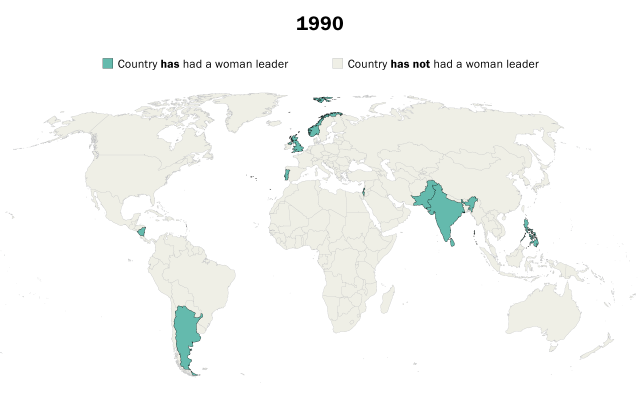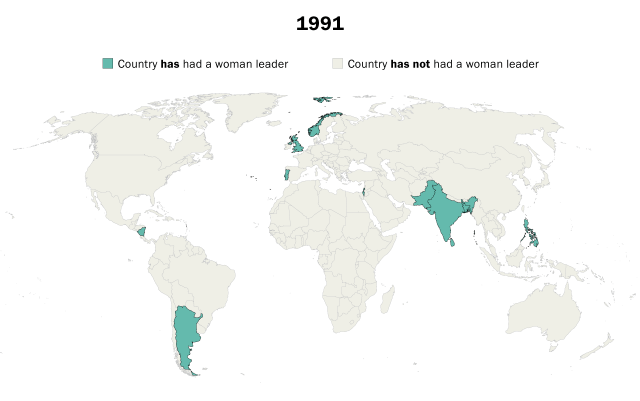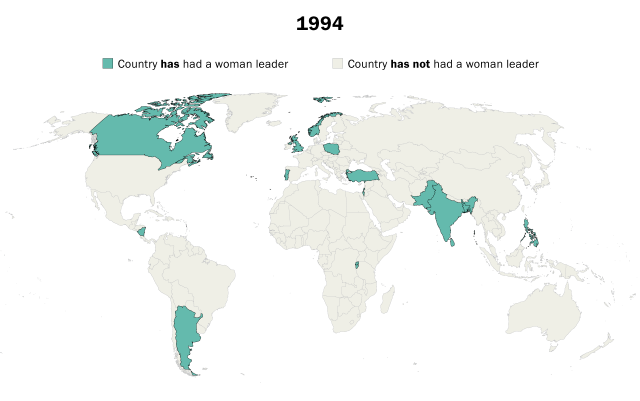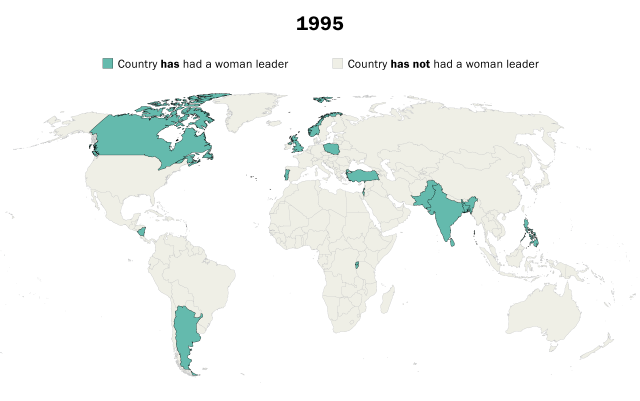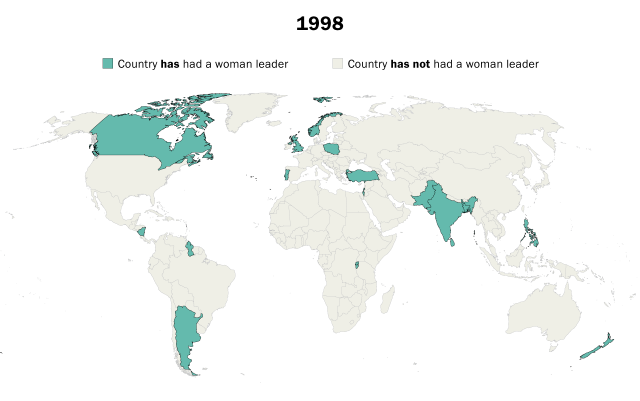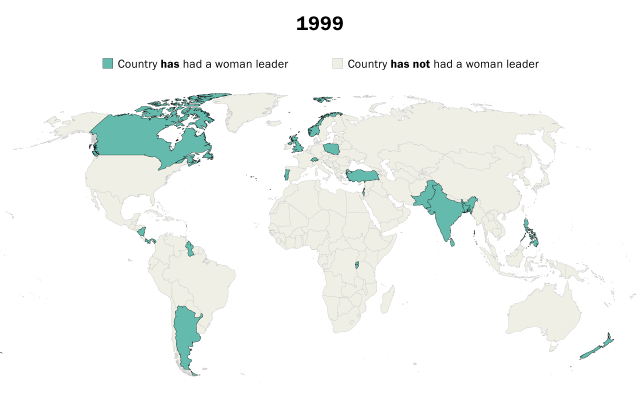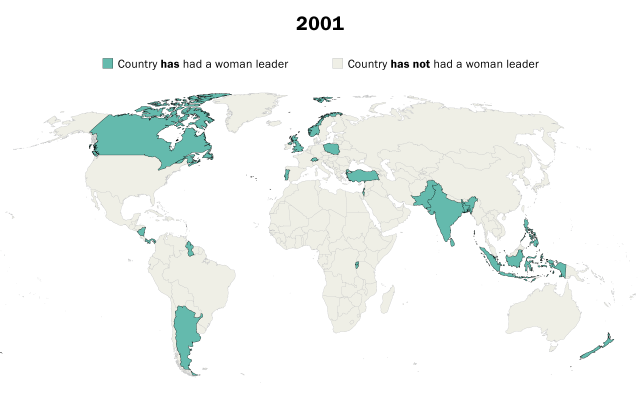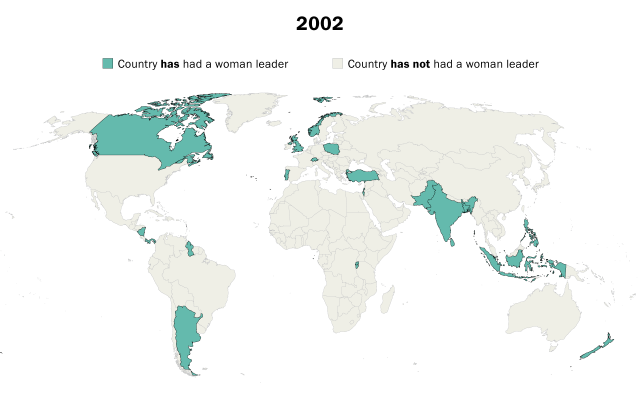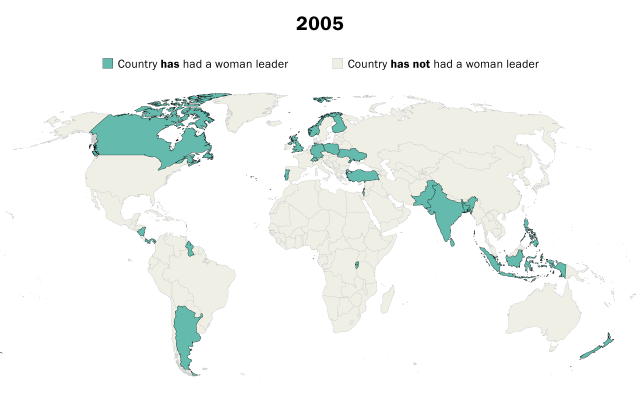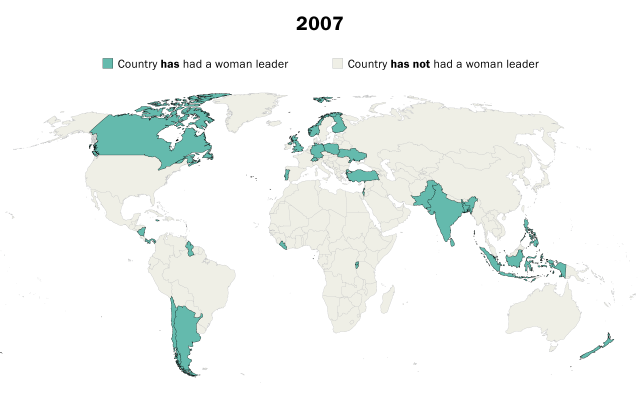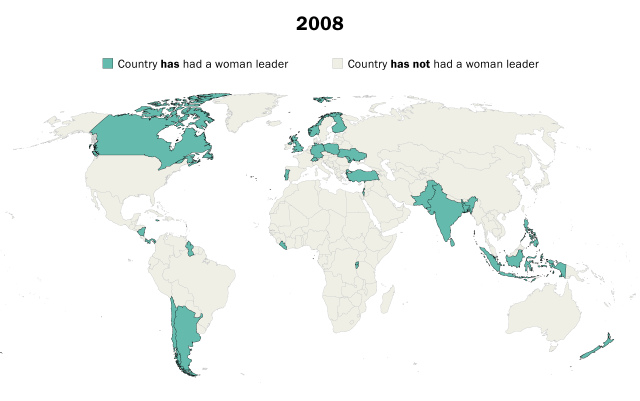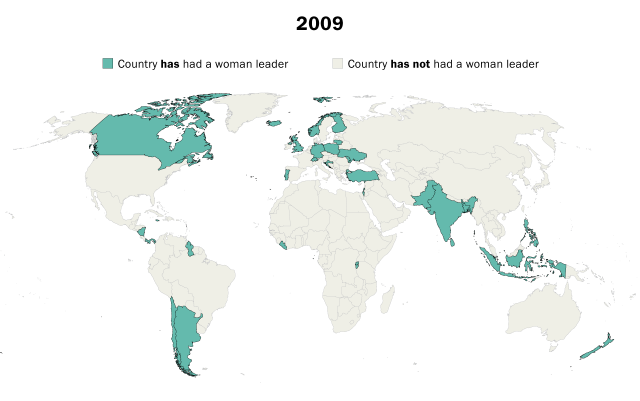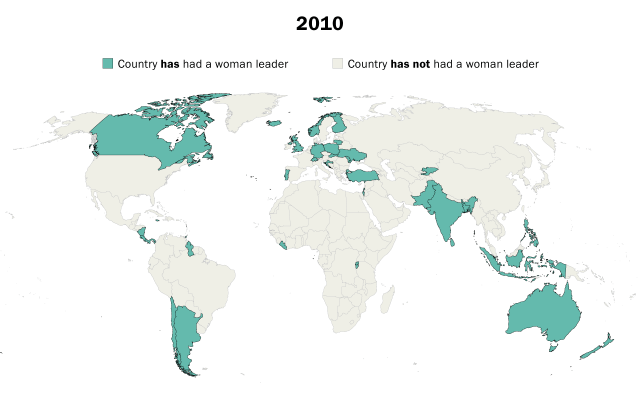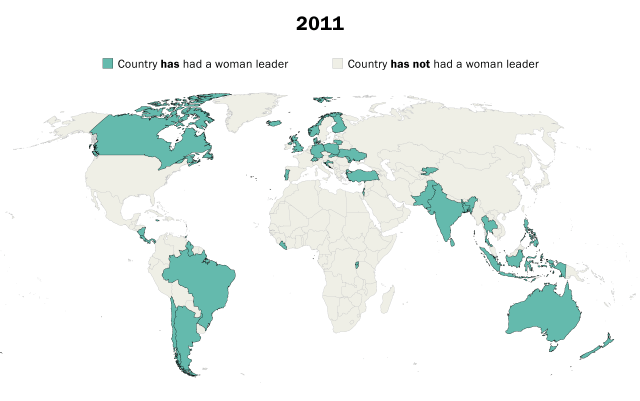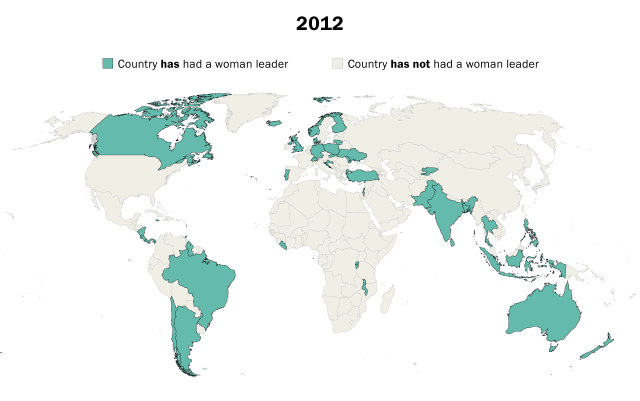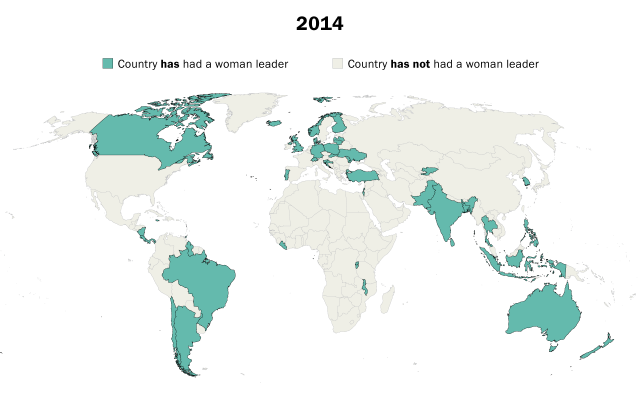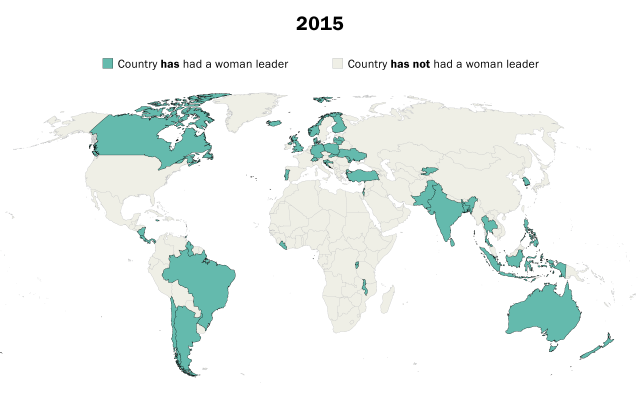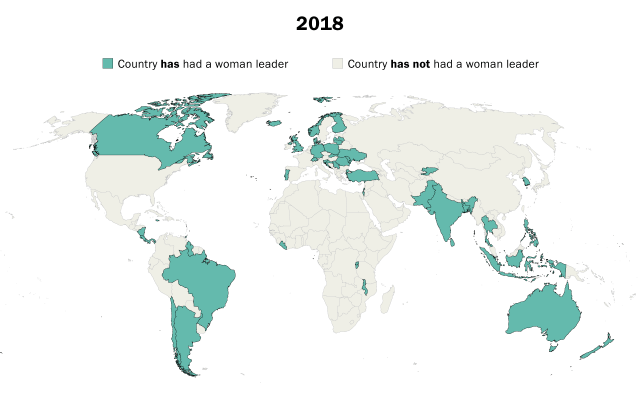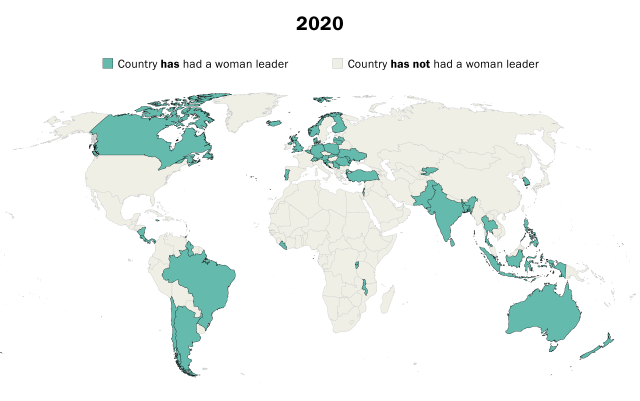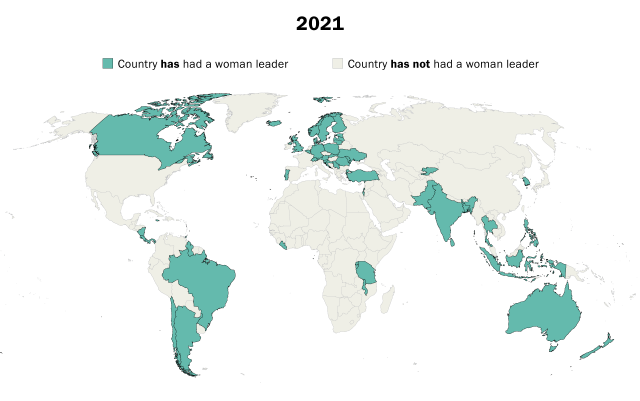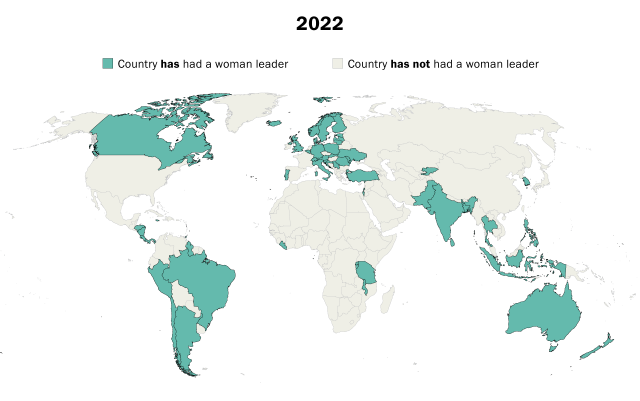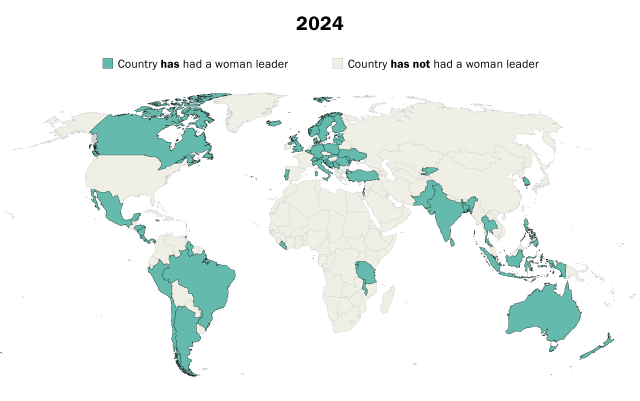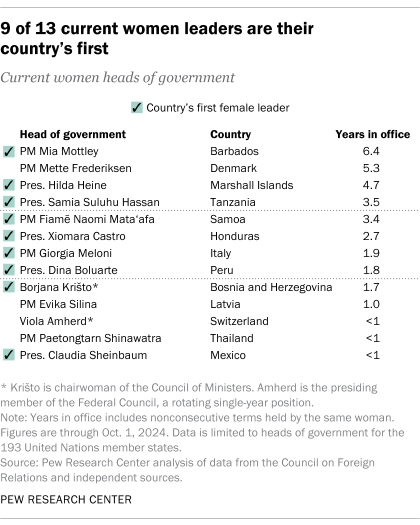
Women currently serve as the head of government in just 13 of the 193 member states of the United Nations. This includes Mexico, where President Claudia Sheinbaum was sworn in as the country’s first female executive this week.
Mexico is one of nine countries where the current woman head of government is the country’s first, according to a Pew Research Center analysis.
Overall, 60 UN member states (31%) have ever had a woman serve as head of government. The first was Sri Lanka, then called Ceylon, where Sirimavo Bandaranaike began her first term as prime minister in 1960. Two other countries – India in 1966 and Israel in 1969 – saw their first women leaders during that decade.
This Pew Research Center analysis examines the number of women heads of government among member states of the United Nations since the end of World War II. The data in this analysis comes primarily from the Council on Foreign Relations’ Women’s Power Index, which was last updated Aug. 20, 2024. The Center updated these figures through Oct. 1, 2024, using independent sources and filtered to include only women heads of government, as defined by the country’s political system or constitution.
Depending on the country, “head of government” could mean president or prime minister, but not both. In limited instances, this leader may not be the one who exercises the most power in their current government. Heads of state, monarchs, copresidents, joint heads of state and interim leaders are excluded from this analysis. In countries with collective heads of government, this analysis recognizes the presiding member.
Worldwide, the number of countries that have had women leaders has risen steadily since 1990. The biggest single-year increase occurred in 2010, when five countries – Australia, Costa Rica, Kyrgyzstan, Slovakia, and Trinidad and Tobago – were led by a woman for the first time.
60 countries have ever had a woman leader
When each country’s first woman head of government took office
Note: Figures are through Oct. 1, 2024. Data is limited to heads of government for the 193 UN member states.
Source: Pew Research Center analysis of data from the Council on Foreign Relations and independent sources.
Mia Mottley, the prime minister of Barbados, is the longest serving woman currently in office. Mottley has been in power for more than six years.
Related: Would electing more officials from different backgrounds improve policy?
The title of longest-serving woman head of government in modern history is held by former Bangladeshi Prime Minister Sheikh Hasina. Hasina spent more than 20 total years in power but resigned and fled Bangladesh earlier this year, when mass protests against a quota system for government jobs turned into a more violent movement against her government. (She was also the oldest woman leader, according to a separate Pew Research Center analysis.)
A few notable woman leaders are not included in this analysis. For example, Kosovo currently has a woman president (Vjosa Osmani) but is excluded because it is not a UN member state. In San Marino, we excluded Francesca Civerchia – one of two “captains regent” of the small European nation appointed earlier this week – because the position is jointly held.
Former women leaders such as Tsai Ing-wen in Taiwan and Aung San Suu Kyi of Myanmar (formerly Burma) are excluded for similar reasons: lack of UN membership and lack of clear government control, respectively. For additional methodological details, read “How we did this.”
Note: This is an update of a post originally published July 30, 2015.


